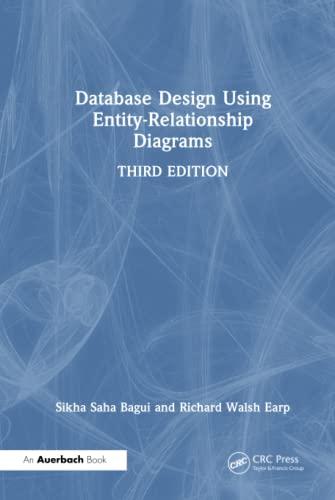Question
#include #include #include #define MAX 500 using namespace std; /********************************************************************** * Add text here to describe what the function main does. Also don't forget *
#include
#include
#include
#define MAX 500
using namespace std;
/**********************************************************************
* Add text here to describe what the function "main" does. Also don't forget
* to fill this out with meaningful text or YOU WILL LOSE POINTS.
***********************************************************************/
typedef struct AccessType
{
string username;
string filename;
long unsigned int time;
}
AccessRecord;
/*********************************************************************
* This function will read the file.
*********************************************************************/
void readFromFile(AccessRecord records[MAX],unsigned int &n)
{
string file;
ifstream ifs;
cout
cin >> file;
ifs.open(file.c_str());
if (ifs.is_open())
{
n = 0;
while (!ifs.eof())
{
ifs >> records[n].filename;
if (ifs.eof())
{
break;
}
ifs >> records[n].username >> records[n].time;
n++;
}
ifs.close();
}
else
{
cerr
}
}
/*********************************************************************
* This function will display the records
*********************************************************************/
void display(AccessRecord record)
{
cout
cout
cout
cout
cout
cout
}
/*********************************************************************
* This function will display the records that match.
*********************************************************************/
void displayAll(AccessRecord records[MAX],unsigned int n,long unsigned int s,long unsigned int e)
{
cout
cout
cout
cout
cout
cout
cout
cout
for (int i = 0; i
{
if (records[i].time >= s && records[i].time
{
cout
display(records[i]);
}
}
}
/*********************************************************************
* MAIN
*********************************************************************/
int main()
{
AccessRecord records[MAX];
unsigned int size = 0;
long unsigned int start;
long unsigned int end;
readFromFile(records,size);
cout
cin >> start;
cout
cin >> end;
cout
displayAll(records,size,start,end);
cout
cout
return 0;
}


Step by Step Solution
There are 3 Steps involved in it
Step: 1

Get Instant Access to Expert-Tailored Solutions
See step-by-step solutions with expert insights and AI powered tools for academic success
Step: 2

Step: 3

Ace Your Homework with AI
Get the answers you need in no time with our AI-driven, step-by-step assistance
Get Started


